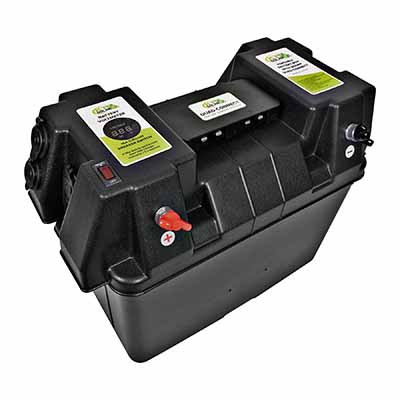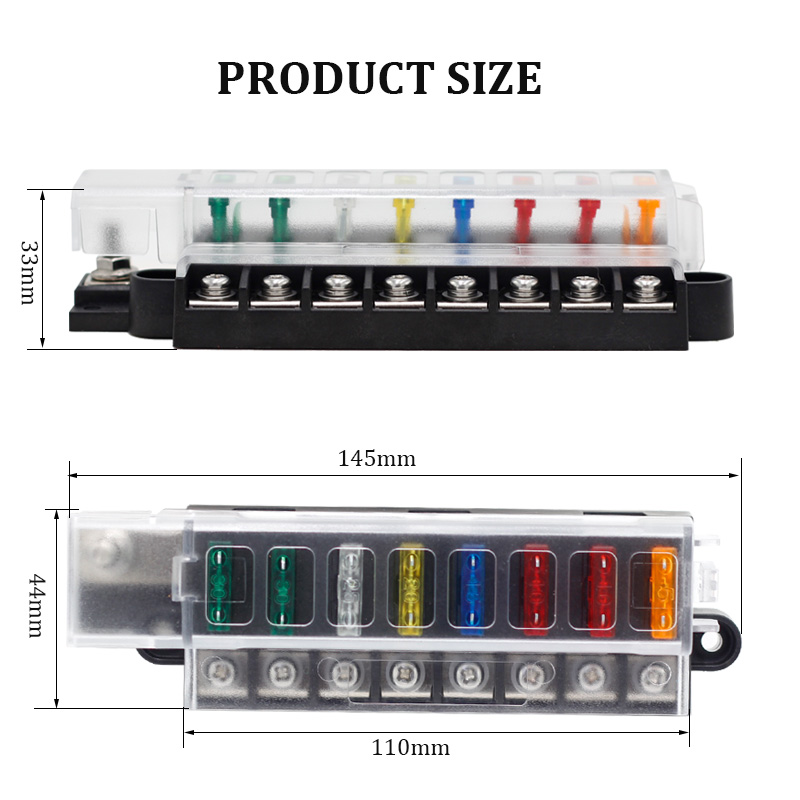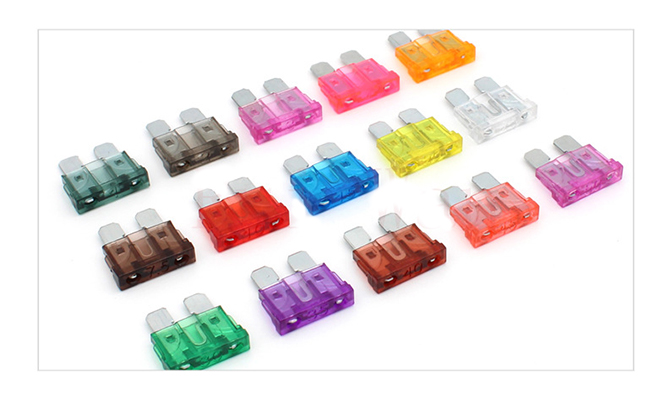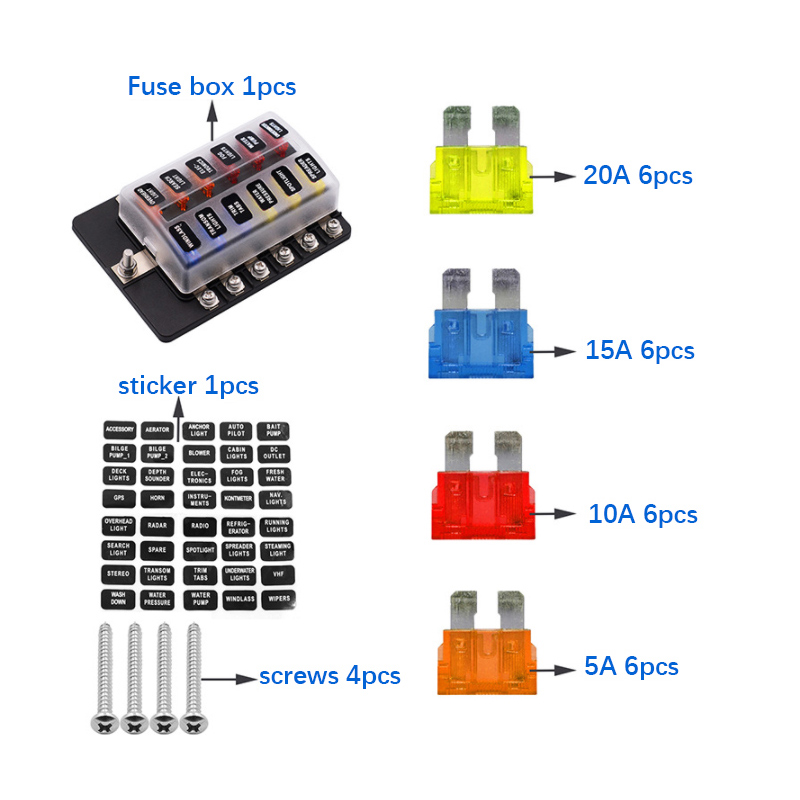Essential Steps for Ensuring Car Battery Box Compatibility Before Buying
News 2025-10-20
When purchasing a car battery box, ensuring proper fitment is crucial to avoid installation issues, potential damage, and safety hazards. Fitment refers to how well the battery box aligns with your vehicle’s specific dimensions and mounting requirements. Neglecting this step can lead to poor performance or even electrical failures. This guide outlines key methods to verify fitment, helping you make an informed decision and enhance your vehicle’s reliability.

Key Factors in Battery Box Fitment
Battery box fitment involves several critical aspects, including size, shape, and mounting compatibility. The dimensions must match your car’s battery compartment exactly, typically measured in length, width, and height. Material and design also play roles; for instance, a box made from durable ABS plastic offers better resistance to corrosion and impact compared to metal alternatives. In automotive applications, precise fitment ensures secure installation, reducing vibration-related wear and improving overall electrical efficiency. Always check the vehicle’s manual or consult manufacturer specifications to identify these details before proceeding.
Step-by-Step Guide to Checking Fitment
To verify fitment accurately, start by measuring the existing battery box or compartment in your vehicle using a reliable tape measure. Record the length, width, height, and any terminal positions. Next, compare these measurements with the specifications of the new battery box from the product description or datasheet. Consider the battery type, such as AGM or flooded lead-acid, as they may require specific box designs for ventilation or heat dissipation. In real-world scenarios, testing a physical sample or using digital modeling tools can confirm compatibility, ensuring the box fits snugly without gaps or excessive force. This process not only saves time but also prevents costly returns or modifications.
Application Scenarios and Performance Benefits
In various settings, such as fleet maintenance or personal vehicle upgrades, checking fitment optimizes battery performance and longevity. For example, in electric vehicles or hybrids, a well-fitted box enhances energy efficiency by minimizing heat buildup and ensuring stable connections. Performance advantages include reduced risk of short circuits, extended battery life, and compliance with safety standards like ISO 9001. By prioritizing fitment, users can achieve better reliability in demanding environments, such as off-road driving or extreme weather, ultimately lowering maintenance costs and improving vehicle uptime. This approach is essential for professionals in the automotive industry to maintain high standards of quality and safety.
Frequently Asked Questions
1. What tools are needed to check battery box fitment?
Answer: A tape measure, the vehicle’s manual, and the battery box specifications are essential for accurate measurements and comparisons.
2. Can fitment issues affect battery performance?
Answer: Yes, poor fitment can lead to vibrations, loose connections, or overheating, which degrade battery performance and lifespan.
3. Where can I find reliable fitment information?
Answer: Check the manufacturer’s website, automotive forums, or use online compatibility tools provided by retailers for precise data.


